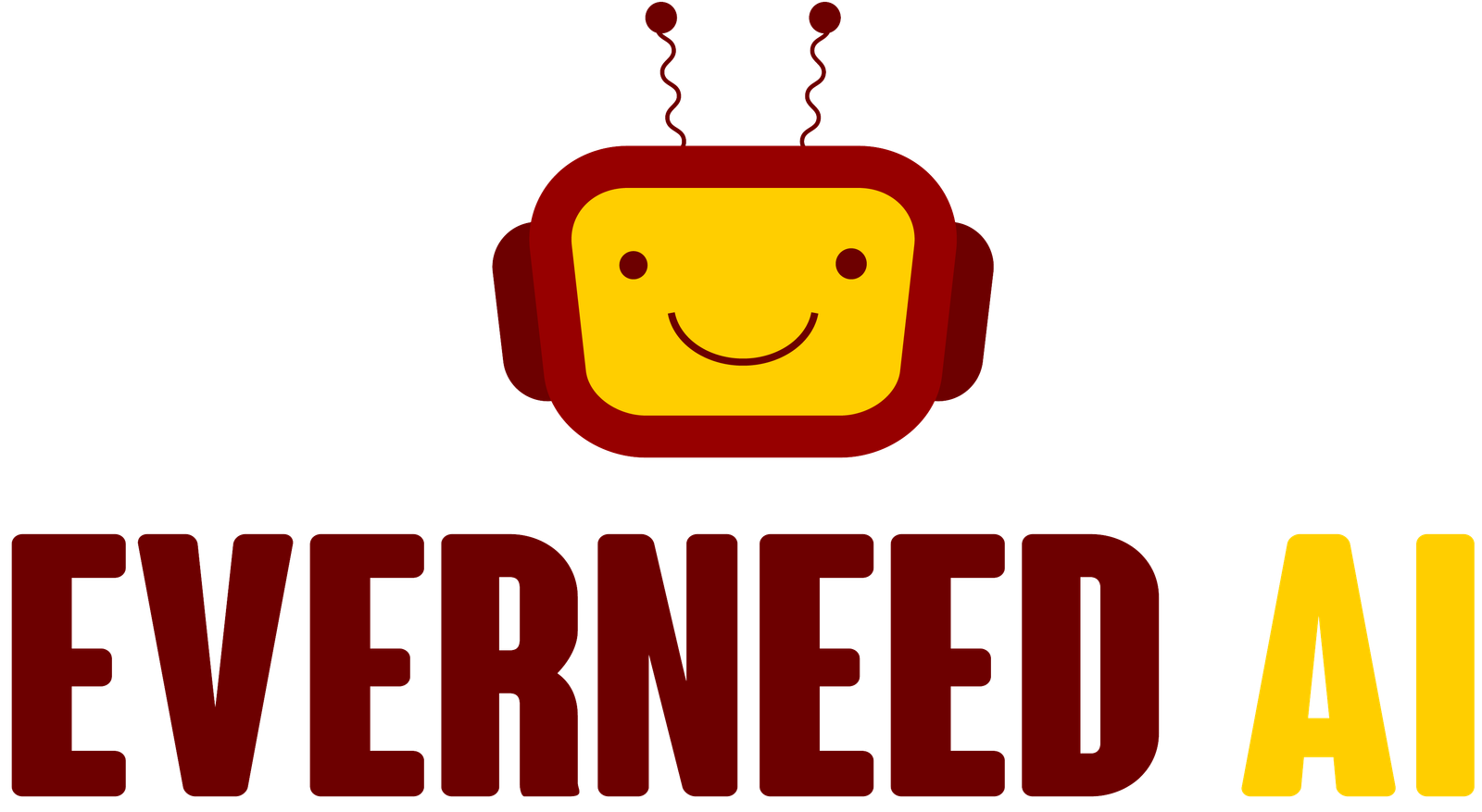AI Augments HR, but a Human-First Approach Is Indispensable
As artificial intelligence (AI) continues to break new ground in HR, it is enjoying growing acceptance. A recent study revealed that nearly half the workers surveyed in the UK and the US believe AI could help reduce bias and unfair hiring treatment; many even think that AI could outperform humans in ensuring fairness during the […] The post AI Augments HR, but a Human-First Approach Is Indispensable appeared first on Unite.AI.


As artificial intelligence (AI) continues to break new ground in HR, it is enjoying growing acceptance. A recent study revealed that nearly half the workers surveyed in the UK and the US believe AI could help reduce bias and unfair hiring treatment; many even think that AI could outperform humans in ensuring fairness during the hiring process.
With the increasing integration of machine learning (ML), natural language processing (NLP), and other AI technologies, we’re witnessing a visible, favorable shift toward smarter, more efficient ways of working. And, as a result, AI skills are growing in demand.
Yet, even as AI continues to reshape the way we hire and manage talent, the heart of HR will always be human—rooted in understanding, compassion, and connections that make each workplace unique.
AI: A new era of efficiency
Right from talent acquisition to employee advancement and retention, HR functions benefit greatly from AI. This is not only through the automation of various tasks but also via data-driven insights and recommendations in real time.
According to a recent survey, AI is expected to offer significant benefits in areas such as people analytics, talent recruitment, and learning and development. HR leaders recognize its potential in automating tasks such as candidate communication, resume screening, and assessments—activities that would otherwise demand significant manual effort. By taking over these repetitive jobs, AI allows HR teams to dedicate their time to strategic initiatives like shaping talent strategies, boosting employee engagement, and driving organizational success.
From automation to augmentation
As IBM rightly puts it, AI technology moves beyond automation to augmentation. AI’s transformational prowess lies in enhancing and amplifying human abilities, thereby unlocking a new level of efficiency that will allow the HR department to give consistent and equal attention to employees across the organization.
By leveraging AI, HR professionals can ensure that every employee receives personalized support and development opportunities based on their unique needs and career aspirations. Its ability to analyze data in real time and provide actionable insights means that HR is in a better position to proactively address issues, identify high-potential employees, and prepare strategies to foster growth and engagement. It’s not just about ticking boxes; it’s about demonstrating a commitment to building a more equitable workplace where every employee’s contributions are recognized and valued.
AI gets personal
AI's potential goes beyond automating tasks; it empowers HR to make tailored decisions that enhance the employee experience. For instance, AI tools can track employees’ career trajectories and suggest potential career paths based on their skills, interests, and past performance, enabling HR managers to identify those with the potential for roles beyond their current positions.
Similarly, AI can recommend personalized learning and development programs tailored to employees’ skills and career goals, upskilling them and preparing them for future roles and promotions. Consider the impact of targeted development opportunities for an employee so close to meeting the qualifications for promotion but unaware of a skills gap that a well-designed learning program could easily address.
Don’t forget the human in human resources
There are numerous qualities that make humans, well, humans. The role of an HR professional requires them to channel many of these qualities to connect with employees and build meaningful relationships. In a way, they anchor employees to the organization, providing support, and guidance, and fostering a sense of belonging.
Preserving the human touch
According to recent data, only 41% of employees feel cared for in their workplace. Other studies also indicate that as many as 92% of job seekers prefer organizations that demonstrate empathy when looking for a job. Especially today, when many organizations operate in remote or hybrid models, where screen time mostly replaces in-person interactions, the need for human contact—even through online exchanges—is more important than ever. This makes every interaction an opportunity to connect and reinforce a culture where all employees feel valued, heard, and supported. Achieving this requires emotional intelligence, active listening, and an understanding of individual needs—qualities that no machine can replicate.
AI tools excel at streamlining workflows and analyzing data, but they fall short in areas requiring emotional depth and context. After all, solutions cannot be unidimensional or imposing. Conflict resolution, for example, requires an understanding of personal dynamics and addressing sensitive situations with empathy. Similarly, managing organizational change or supporting employee growth calls for insight into motivations and fears that can’t be gleaned from data alone. Problem-solving requires close collaboration and a genuine understanding of triggers and pain points, along with the ability to create an atmosphere that welcomes diverse and often challenging perspectives.
Only a human can truly empathize with another, offering comfort in times of distress, encouragement when somebody needs a boost, and appreciation to reward good work. Moreover, understanding and navigating cultural nuances and individual differences requires human discretion. Ultimately, when you think about reaching out to someone in the HR department, you think of a person and not a machine.
Let AI do the boring stuff so humans can do what they do best
Time-consuming, tedious, and repetitive tasks take up a lot of time, leaving little time and energy to spend on more meaningful employee interactions and activities to improve engagement.
What AI can create is a balanced workflow by taking over the monotonous must-dos, enabling humans to focus on key touchpoints in the employee lifecycle—onboarding, performance reviews, conflict resolution, team building, and so on. These are areas that cannot function adequately without human involvement.
That said, individuals who understand how to maximize the benefits of AI while maintaining the human touch that is crucial to their role will be in greater demand. As organizations increasingly turn to data-driven insights and automated processes, these professionals will be valued not only for their technical expertise but also for their ability to balance their innately human skills with the advantages offered by AI.
An ideal human-AI collaboration would look something like this—humans, with their creativity, intuition, and empathy, continue to excel where they shine brightest, while AI tirelessly sifts through data, uncovers hidden patterns, and fine-tunes each task to run like clockwork.
The post AI Augments HR, but a Human-First Approach Is Indispensable appeared first on Unite.AI.












